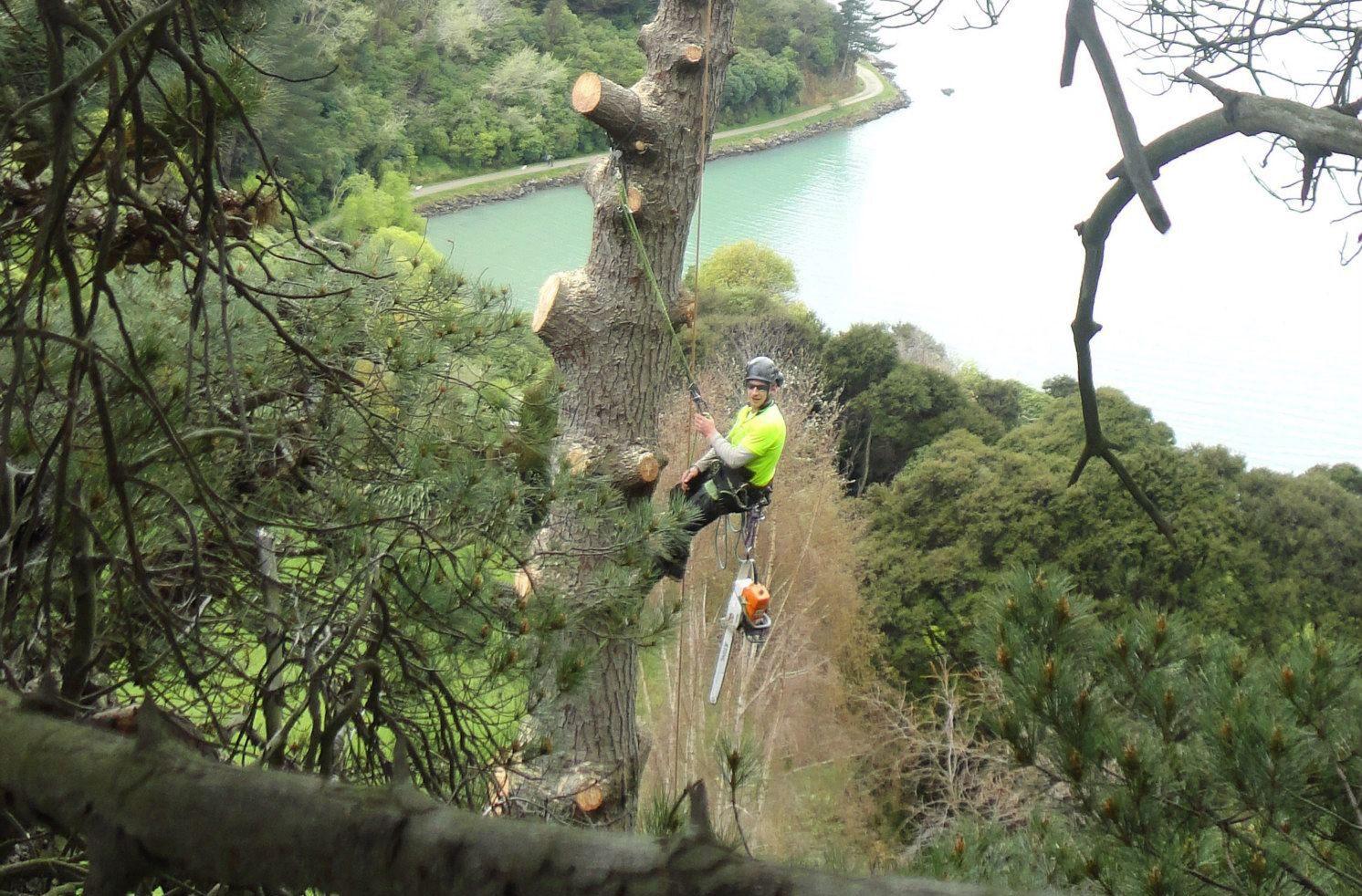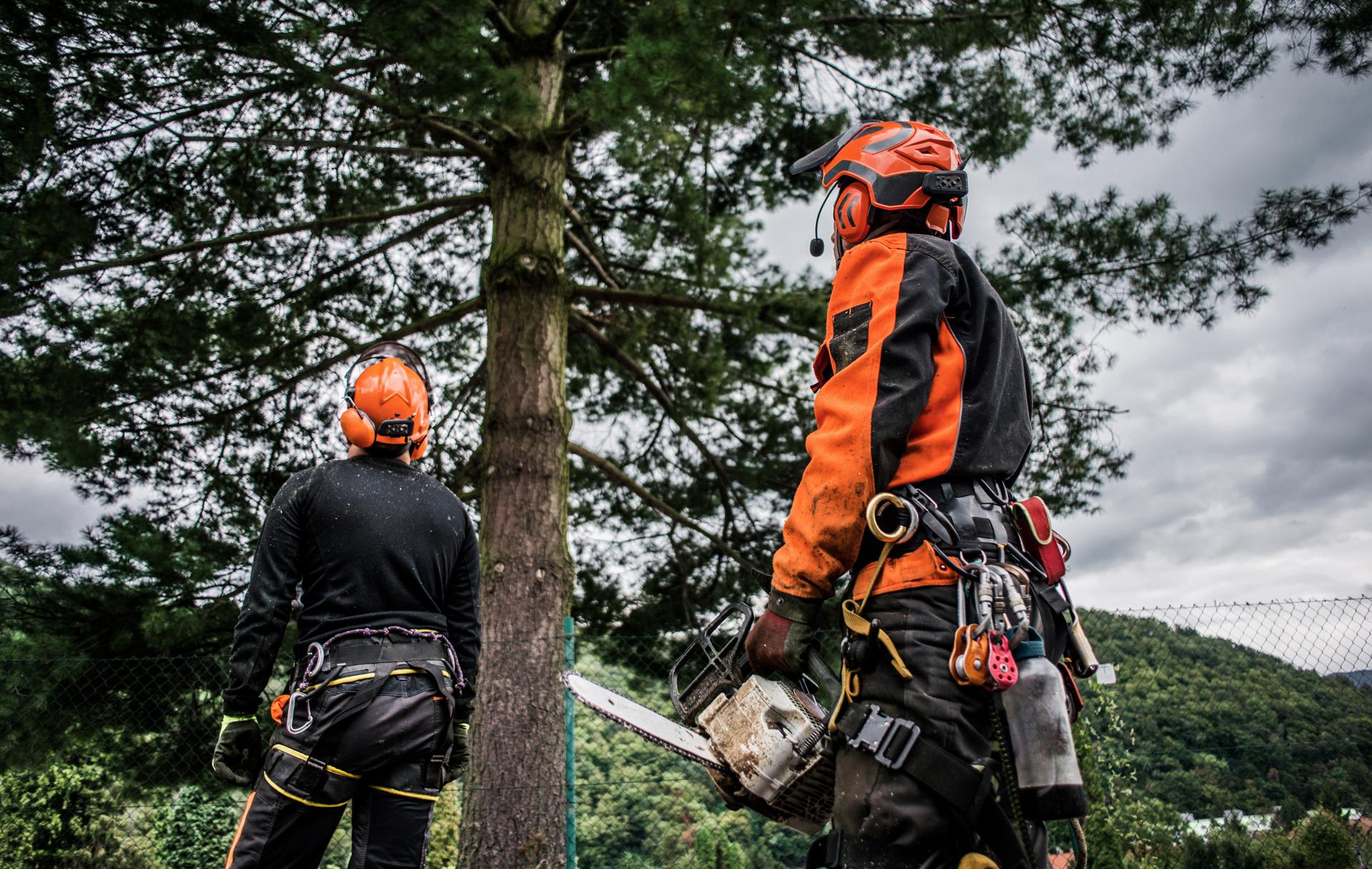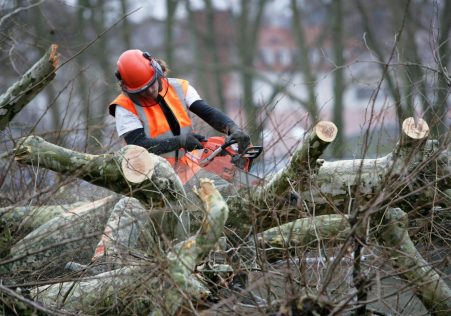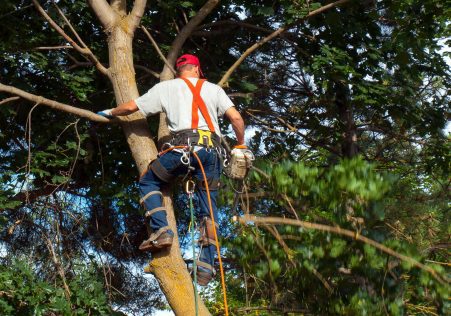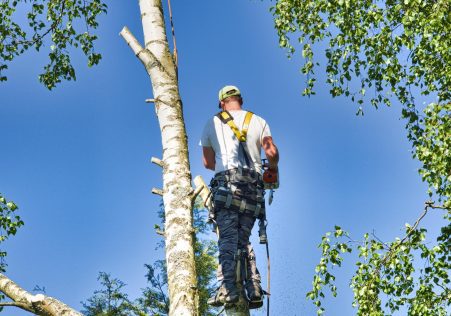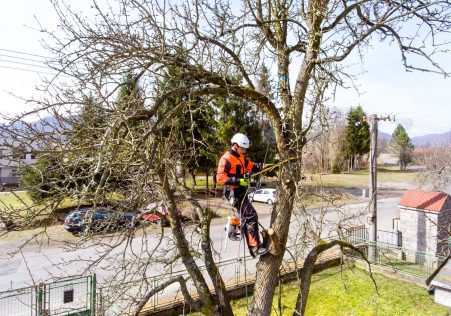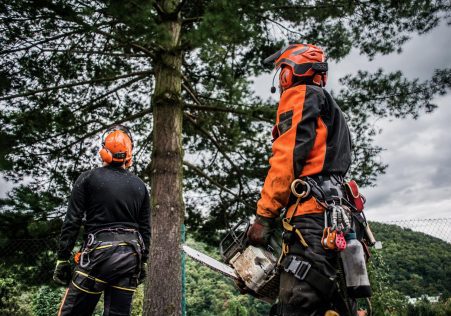Expert Help in how to identify protected Trees in The Hills Shire
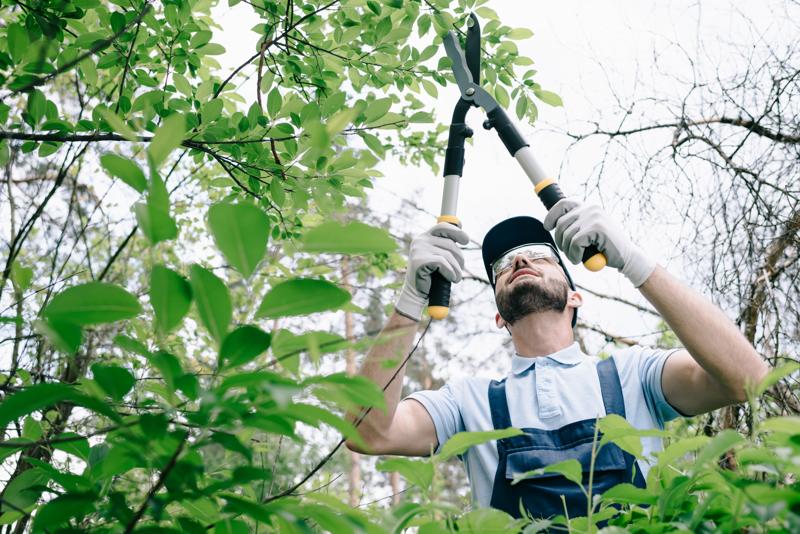
Trees play an essential part in the environment as they provide shade, clean air and aesthetic value our surroundings. However they are not all identical and some are granted additional protection status, making it illegal to carry out any work without obtaining permission. If you are considering having a tree removed it is crucial to be aware of the status of protection for the tree being considered and the steps you need to follow to be in compliance with the legal requirements. This article we will help you understand the process of determining whether trees are protected and what you have be doing to make sure that you are acting within the law.
What is a protected tree?
A protected tree is one that has been subjected to certain legal restrictions, and it’s illegal to carry out work on a protected tree without obtaining the necessary permissions. There are two types of protection that a tree may have - statutory protection and preservation orders.
Legal protection
As a matter of statutory protection trees are protected under law and are subject to Tree Preservation Orders (TPOs). TPOs are put in place by local authorities in order to protect trees with a significant public value and to ensure that they do not get damaged or destroyed.
Preservation orders
Preservation orders are similar to TPOs but are set up through the secretary of state for the Environment. Trees with preservation orders are considered to have an exceptional worth and are therefore protected from any work, including the felling.
What can I do to determine whether a tree is safe?
To determine whether a tree is protected, you need to verify if it’s subject to an TPO or preservation order. It is done by contacting the authorities in your area and asking them check their archives.
TPO search
To find an TPO You can reach the Tree and Woodland officer of your local authority, who will inform you whether the tree is in the protection. They’ll also be able advise you on the next steps to take if the tree is in a protected area.
Preservation order search
If you are looking for a preservation order you’ll need to call Secretary of State, Department of the Environment. They will be able to tell you whether the tree is in the protected zone and give you the required information and guidelines.
FAQs:
What happens if I carry out work on a protected tree without permission?
If you do work on a protected tree without obtaining the necessary permissions, you could face substantial fines and even imprisonment.
Can I appeal an TPO or preservation order?
You can appeal to a TPO or preservation decision if you feel it is unjustified. However, you will need to provide evidence to support your case and show your argument as to why you believe that the TPO or the preservation decision isn’t necessary.
Can I remove a protected tree?
It is against the law to remove protected trees without permission from the appropriate authorities. If you need the tree to be removed it is necessary to apply for permission and provide evidence to support your case.
Conclusion
To conclude, knowing if the tree is protected is a vital step in ensuring that any tree work legally completed. If you know the various types of protection and how to check for them, you can ensure that you’re following the law and safeguarding the trees in your care. If you are unsure about the status of protection for the tree you are in charge of, we suggest seeking professional advice from a reputable tree specialist, such as The Hills Tree Pruning. Our team of experienced arborists will be able to inform you on the protection status of your trees and walk you through the steps to ensure that you are following the laws. With our expertise and commitment to providing top-quality tree care, we can help you keep the beauty and value for your tree. Contact us now by phone at 0480 024 203 to schedule a consultation, and let us assist you to ensure that your trees are protected and healthy.

